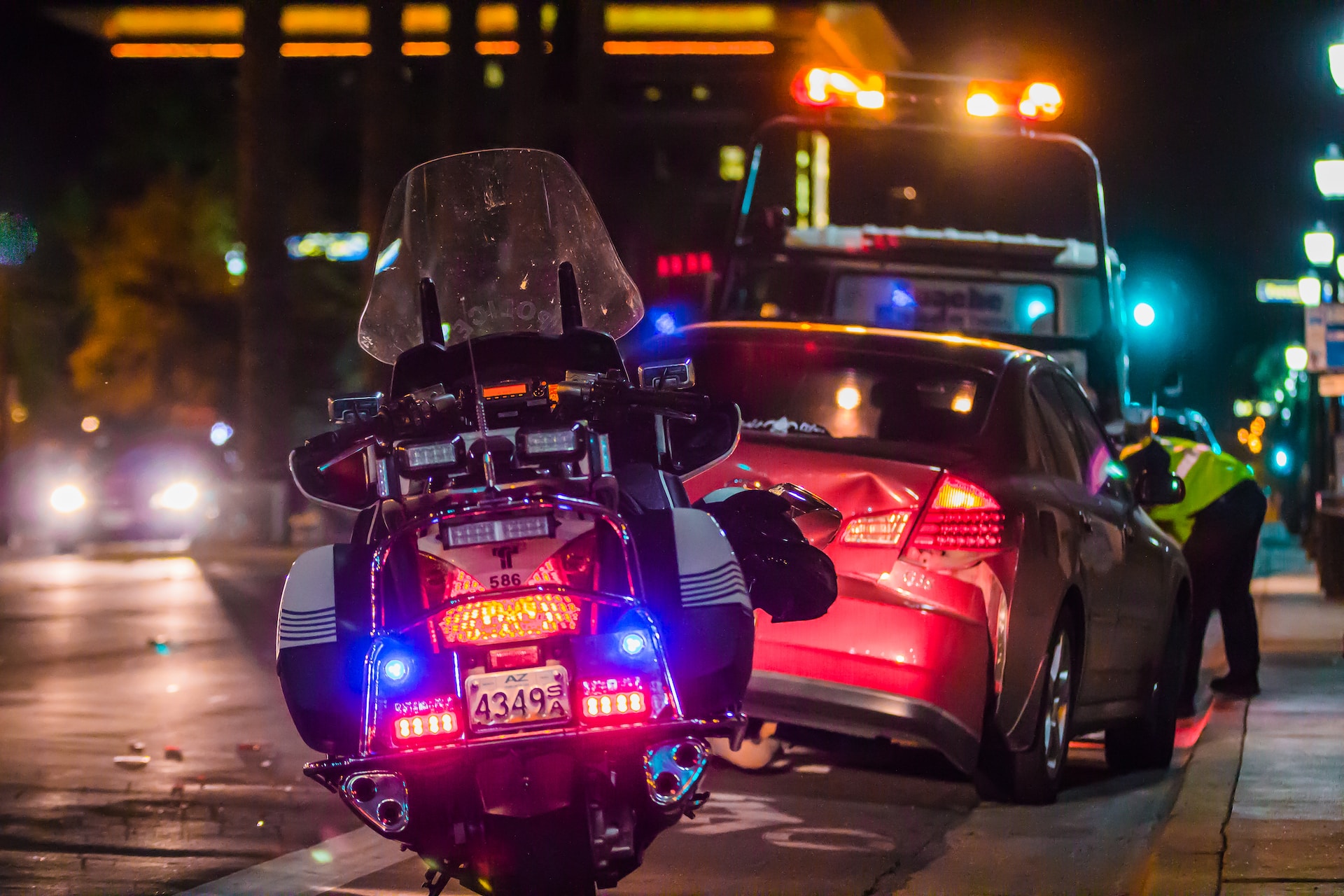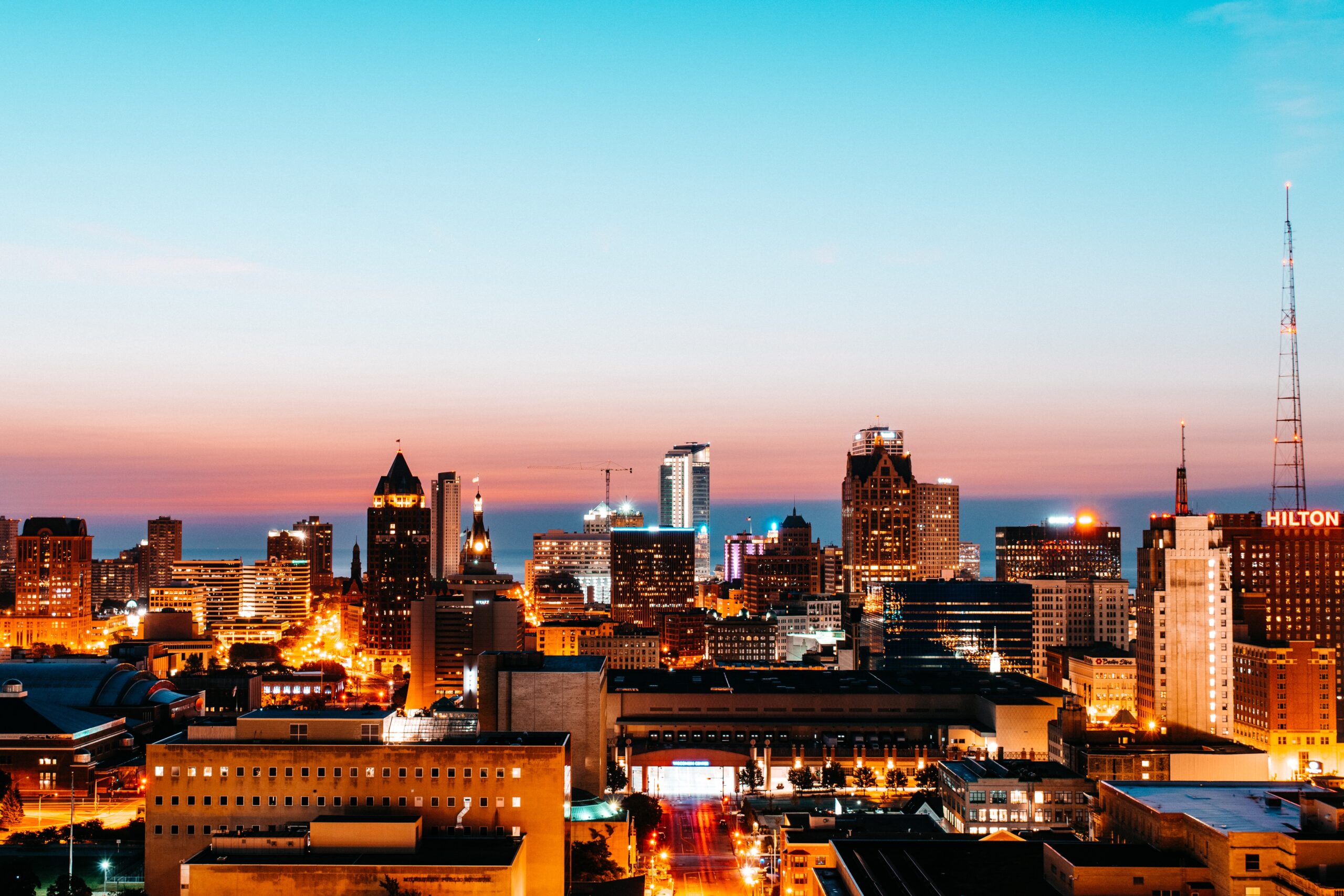Intersections are some of the most common places where car accidents occur. Whether it’s a busy city intersection or a quiet rural crossing, the risk for collisions increases anywhere two or more roads meet.
If you suffered injuries when another driver hit you at an intersection, consult a car accident lawyer about your rights and options immediately.
Why Are Intersections So Dangerous?

There are a few key reasons why accidents are more likely to happen at intersections compared to other parts of the road:
Crossing Paths
Intersections facilitate crossing paths for vehicles traveling in different directions, but this also creates a high-risk environment for collisions.
Whenever cars need to traverse perpendicular to traffic flow, the potential for accidents increases dramatically. This is because drivers must pay attention to the vehicles in front of and behind them and those coming from the side streets.
At a four-way intersection, there are 32 possible points of conflict where vehicles can collide. Even at a simple T-intersection, there are 11 potential conflict points. The more lanes of traffic and the higher the speed limit, the greater the risk of a serious crash.
Turning Accidents at Intersections
Turning movements are another common cause of intersection accidents, particularly when drivers make left turns across oncoming traffic. Left-turn accidents account for nearly half of all intersection collisions.
Left turns are so dangerous because they require drivers to judge the speed and distance of oncoming vehicles while also watching for pedestrians and cyclists crossing the street. If a driver misjudges the gap in traffic or fails to yield the right-of-way, they can easily cause a serious collision.
Right turns can also lead to accidents, especially when drivers turn on red or fail to check their blind spot for pedestrians and cyclists. Pedestrians have the right-of-way in marked crosswalks, and drivers must yield to them before turning.
Unclear Right-of-Way at Intersections
At intersections not controlled by traffic lights, drivers might not know who has the right-of-way. This confusion can lead to accidents when drivers proceed through the intersection simultaneously, assuming they have the right-of-way.
Drivers may not always follow the rules, even at intersections with stop signs. Some may roll through the stop sign without coming to a complete stop, while others may not see the sign at all. In a four-way stop situation, drivers may not know the proper order for proceeding, leading to collisions.
Impatience and Distraction
Busy intersections can be frustrating for drivers, especially during rush hour when heavy traffic and wait times are long. This can lead to impatience and risk-taking behaviors like running red lights, rolling through stop signs, or making unsafe turns.
Distracted driving is also a major contributor to intersection accidents. When drivers are preoccupied with their phones, passengers, or other distractions, they may not notice vehicles or pedestrians entering the intersection until it is too late to avoid a crash.
Pedestrians and Cyclists at Intersections
While most intersection accidents involve two or more vehicles, pedestrians and cyclists risk being struck by turning vehicles.
Pedestrians are particularly vulnerable when crossing at marked crosswalks, where they have the right-of-way but may not be seen by turning drivers. Cyclists are at risk when traveling through intersections with the flow of traffic, as drivers may not expect them or may not see them in their blind spots.
To protect pedestrians and cyclists at intersections, drivers must be extra cautious when making turns and always yield the right-of-way when the law requires it. They should also scan the crosswalks and bike lanes before proceeding and be prepared to stop suddenly if a pedestrian or cyclist enters the intersection unexpectedly.
Poor Visibility
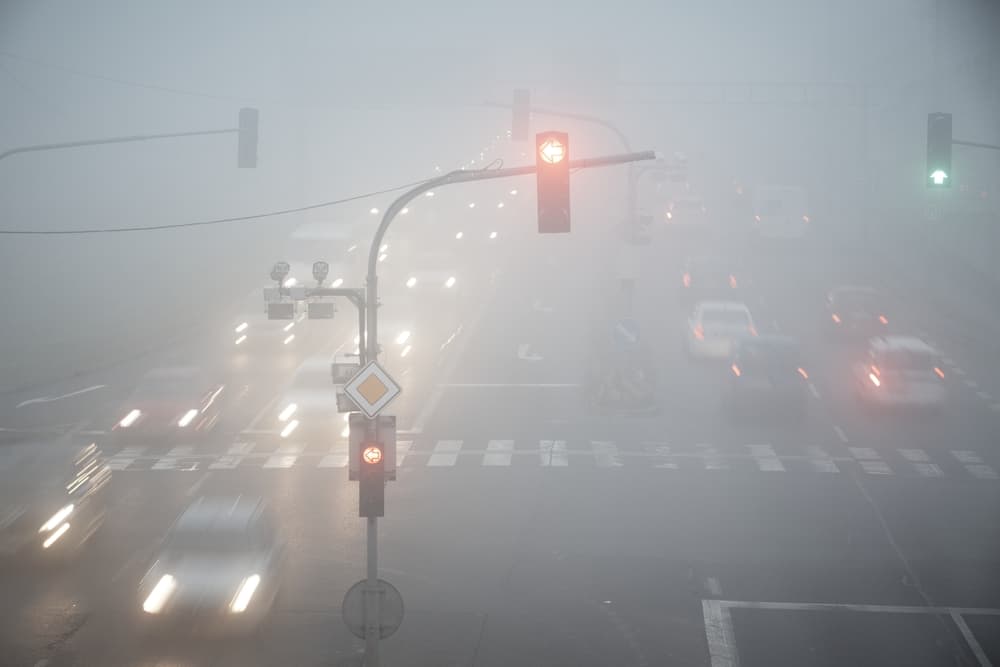
Poor visibility is another major contributor to intersection accidents, making it difficult for drivers to see other vehicles, pedestrians, and cyclists entering the intersection.
This may result from various factors, such as:
- Parked cars or other obstacles blocking the view of the intersection
- Buildings or trees obscuring the line of sight
- Overgrown vegetation or landscaping
- Adverse weather conditions like fog, rain, or snow
- Glare from the sun or headlights
- Inadequate street lighting at night
When visibility is poor, drivers must take extra precautions when approaching an intersection. This means slowing down, scanning the road ahead, and preparing to stop suddenly if another vehicle or pedestrian unexpectedly enters the intersection.
Drivers should also activate their headlights and wipers when visibility is low and refrain from driving if conditions are too hazardous. If they must drive in poor visibility, they should increase their following distance and be extra cautious when making turns or changing lanes.
The Importance of Seeking Legal Help After an Intersection Accident
If you or a loved one has suffered an injury in an intersection accident, seek legal help as soon as possible.
Intersection accidents can be complicated, as multiple parties may be involved and conflicting accounts of what happened. A car accident attorney can help investigate the accident, gather evidence, and build a strong case on your behalf. An attorney can also handle communication with the insurance companies and negotiate a fair settlement.
You risk accepting a lowball settlement offer without legal representation or even not receiving compensation altogether. A car accident lawyer can help ensure that your rights are protected and that you receive the full amount of damages you are entitled to, including medical expenses, lost income, pain and suffering, and more.
Types of Intersection Collisions
The most common types of crashes that occur at intersections include:
T-Bone/Broadside
Also called side-impact collisions, these crashes happen when the front of one vehicle slams into the side of another, forming a T shape. They often result when one driver runs a red light or stop sign and broadsides a car traveling through the intersection.
T-bones can also occur when a turning driver fails to yield to oncoming traffic and gets hit in the side. These accidents are especially dangerous for occupants seated on the struck side of the vehicle, even with side-impact airbags.
Rear-End
Rear-end collisions are common at intersections when the vehicle in front stops suddenly, or the vehicle behind follows too closely or is distracted. Whiplash is a frequent injury from this type of impact.
Head-On
While less common than other types of intersection crashes, head-on collisions are often fatal due to the combined force of both vehicles colliding front-to-front. They can happen when a driver veers into the oncoming lane to make it through an intersection before the light turns red and strikes an approaching car.
Sideswipe
Sideswipes occur when two cars traveling in the same direction collide side-to-side. At intersections, this can happen when cars turning right from multiple lanes drift into each other or when merging lanes on the far side of the intersection.
Rollover
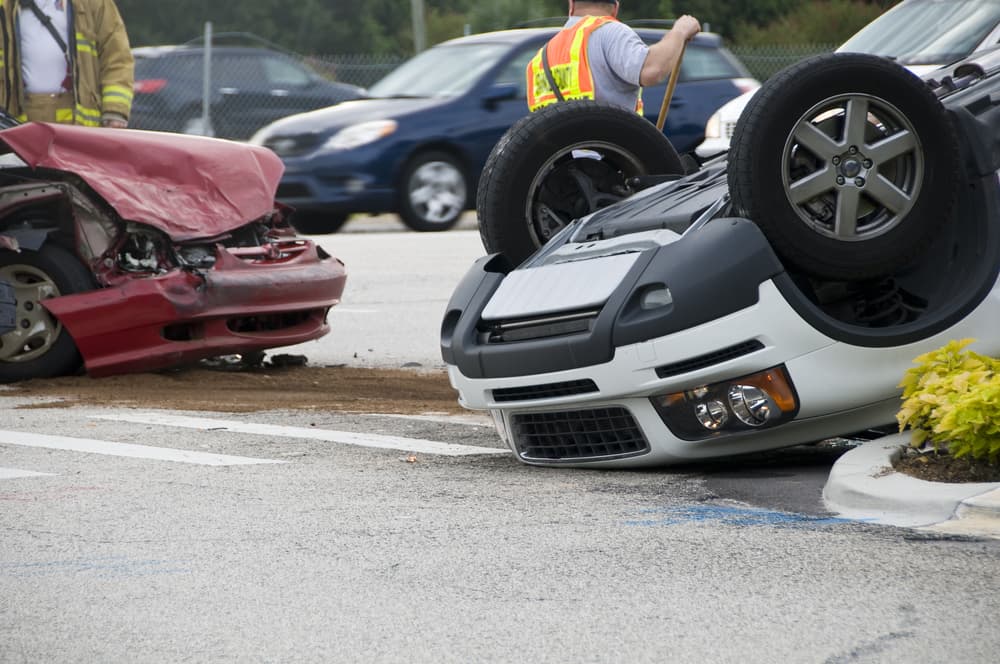
The forces involved in any of the above intersection crashes can be enough to cause a vehicle to roll over, especially vehicles with a higher center of gravity, like SUVs and pickup trucks. Rolling greatly increases the risk of severe injury and ejection from the vehicle.
Single-Vehicle
Although intersection crashes typically involve multiple vehicles, occasionally, a single vehicle loses control at or near an intersection. It strikes an object like a light pole, tree, fire hydrant, or building. Single-vehicle crashes also include collisions with pedestrians and cyclists.
Common Intersection Accident Injuries
With vehicles crossing multiple directions and entering each other’s travel lanes, intersection collisions frequently occur at high speeds and odd angles. This can result in very serious injuries for drivers, passengers, pedestrians, and cyclists involved, such as:
Whiplash and Neck Injuries
The sudden jerking motion of the head and neck in rear-end and side-impact crashes often causes soft tissue damage and whiplash. While painful, these injuries usually heal with time, medication, and physical therapy.
In more serious cases, neck injuries can involve fractured vertebrae, herniated discs, and damage to the spinal cord that may cause paralysis.
Concussion and Traumatic Brain Injury (TBI)
Hitting one’s head on the steering wheel, window, or front seat can cause a concussion, a type of TBI. More forceful impacts can cause severe TBI, like skull fractures, brain bleeding, and swelling. TBI can lead to physical, cognitive, and emotional impairments that may be permanent.
Back and Spinal Cord Injuries
The torque of an intersection collision can cause the spine to twist or compress, resulting in fractured vertebrae, slipped or herniated discs, and nerve damage. The most serious accidents may sever the spinal cord, causing paraplegia or quadriplegia.
Broken Bones
Drivers often brace against the steering wheel in an impending crash, which can lead to broken fingers, hands, wrists, and arms. The knees can strike the dashboard, fracturing the patella.
Passengers may suffer broken noses from hitting the seat in front of them. Pedestrians and cyclists can experience multiple broken bones throughout their bodies after being struck by a vehicle.
Internal Injuries
The blunt force of an intersection crash may cause internal bleeding and damage to vital organs like the lungs, spleen, kidneys, and liver. Internal injuries are often life-threatening and require emergency treatment.
Lacerations and Scarring
Broken glass and torn metal can cause deep cuts and puncture wounds. Severe lacerations may damage underlying nerves, tendons, and muscles. Disfiguring facial lacerations often leave permanent scars.
Emotional Trauma
Not all intersection accident injuries are physical. Many survivors experience mental distress like anxiety, depression, and PTSD. Some may develop a phobia of driving or riding in a car. Therapy and counseling can help victims cope with the emotional aftermath of a crash.
What To Do and Not Do After an Intersection Accident
Knowing what to do after an intersection crash can help protect your health and your legal rights. Follow these steps to preserve evidence for an insurance claim or lawsuit:
Report the Accident
The police should have reported to the scene if there were injuries. If they did not, for some reason, ensure you report the crash to the local law enforcement agency as soon as you can.
If there is already a police report, review it with your attorney to check for accuracy. If your version of events is incorrect, you can amend your statements.
Watch What You Say
Be careful not to apologize or admit fault for the crash to the police or insurance companies, as these statements may work against you later. Stick to the facts when speaking to any parties about the crash.
Medical Treatment
Always keep up with your medical treatment plan after an intersection accident, even if you start to feel okay. Many common car crash injuries like whiplash and concussions may have symptoms that come and go, but seeing your treatment through demonstrates that you take your injuries seriously.
Notify Your Insurance
You likely must report the accident to your insurance provider, even if you were not to blame. Provide the basic facts of the crash, but do not give a recorded statement before speaking with an attorney first.
The adjuster may use your words to reduce or deny your payout if you need to use your coverage later on. The best option is to have your attorney handle this notification.
Call a Car Accident Attorney
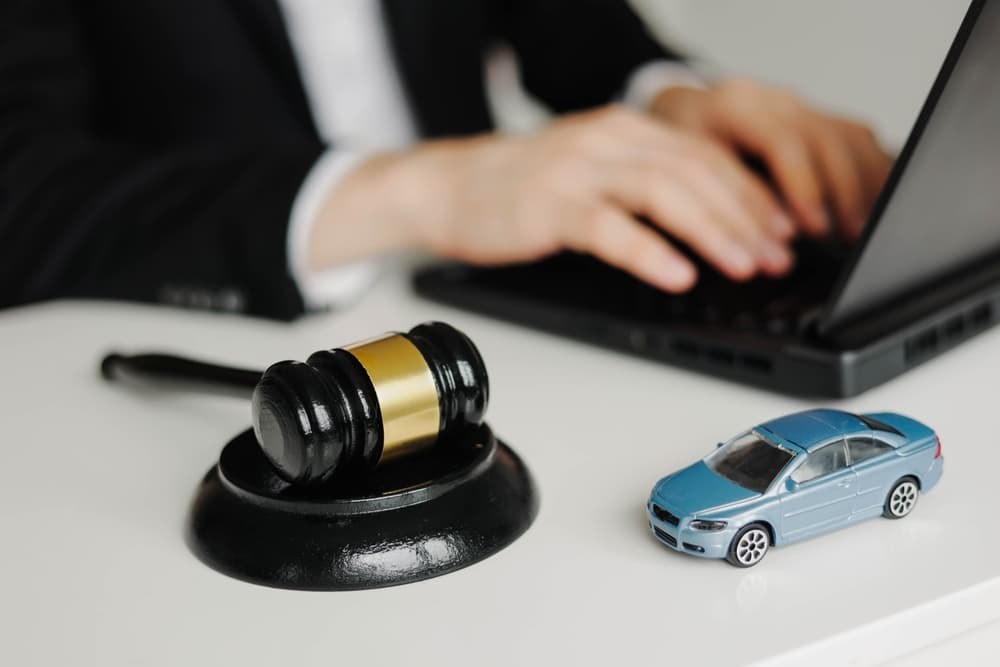
Intersection accidents often cause serious injuries, costly medical bills, and time away from work. An experienced car accident lawyer can ensure you receive full and fair compensation.
Your lawyer can help gather evidence, build a strong case, and negotiate with the insurance companies on your behalf. Most initial consultations are free, so you have nothing to lose by speaking with a car accident attorney about your legal rights and options for pursuing a claim.
Reach Out to a Car Accident Attorney Today
If you or someone you love has suffered an injury in an intersection accident, you may be feeling overwhelmed and unsure where to turn. Remember, you don’t have to go through this difficult time alone.
An experienced personal injury attorney can guide you through the legal process and fight for the compensation you deserve. Reach out today for a free consultation to discuss the details of your intersection collision case and learn how a skilled lawyer can help.
 Calls Answered 24/7
Calls Answered 24/7

